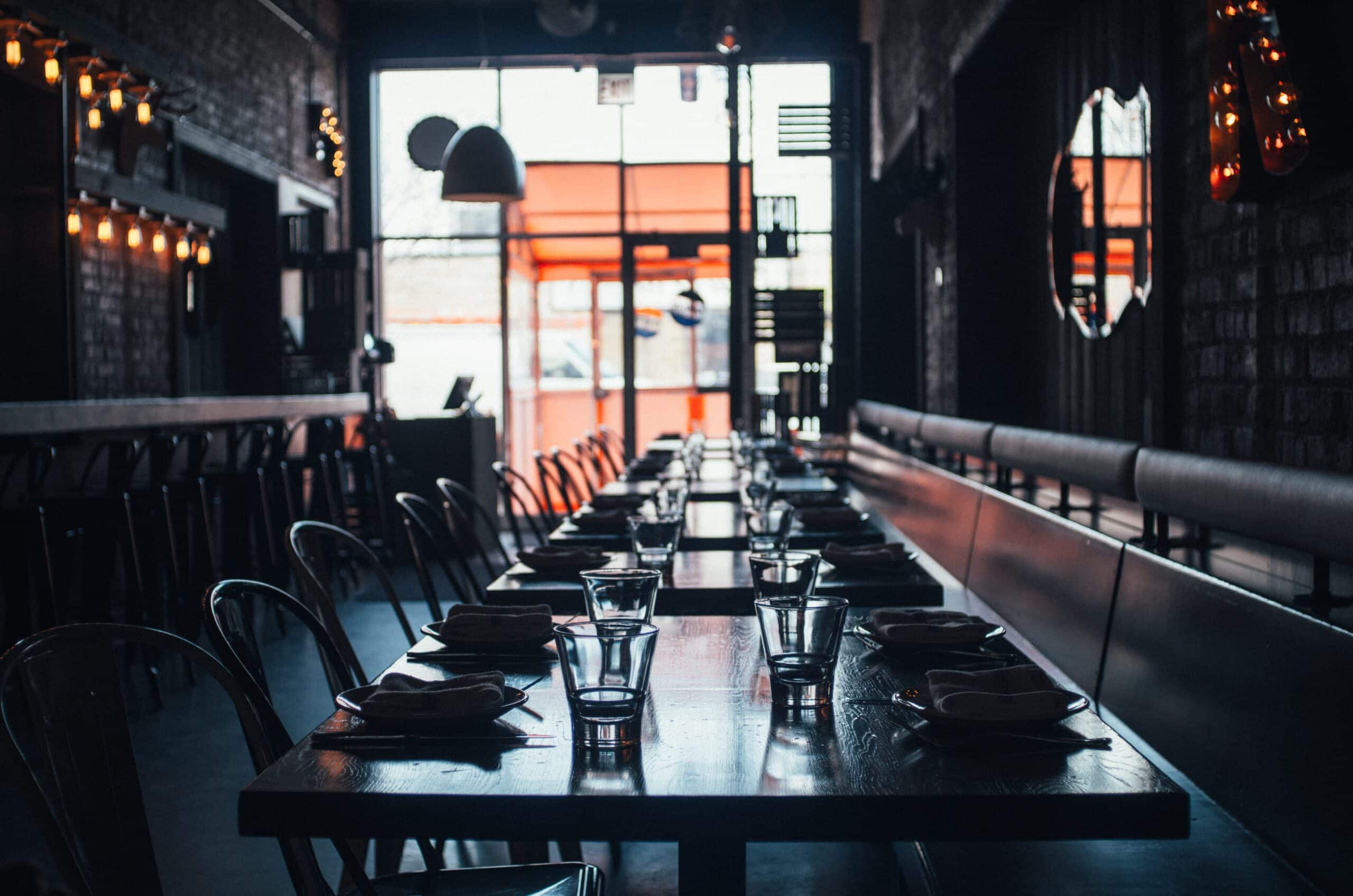Craft beer is defined by change but the industry has never seen anything like this.

Nationwide closures have brought craft brewing to a near halt. Photo by Gor Davtyan.
In the past two weeks, John Holl and I have spoken with dozens of people across the beer industry, getting updates on how things are playing out around the country. While there is much grim news to report, from brewery tap rooms to bars and restaurants closing their doors and hundreds of thousands of related workers losing their livelihoods, there is also some positivity out there. The biggest note of optimism comes resoundingly in the form of craft beer’s sense of community. A decade or two ago, the phrase craft beer community was widely bandied about. Brewers joked that the industry was 99 percent asshole free. There were only a few thousand breweries spread widely around the country and they rarely referred to one another as the competition. Even small craft brewers would’ve told you the real enemy was Big Beer.
The local brewery tap room challenged that community narrative.
Thousands of new breweries sprung up across the country, each bearing a new model: serving their own beer in their own house. These local tap room focused breweries had little connection to the outside beer world. They eschewed distributors, beer bars, and liquor stores. They sustained themselves on the margins they saved by not selling their beer outside of their four walls. And things were good. While overall beer industry growth slowed to a trickle, thousands of new breweries opened and thousands planned to do the same. Then COVID-19 dropped like a bomb on their business model.
With tap rooms closed, thousands of breweries around the country no longer have a source of income. Most don’t have their own canning or bottling equipment. They don’t have relationships with distributors or bars, restaurants, or off-premise stores. They never saw the need to diversify their operations because nothing could ever shut off their money maker, the customer at their own bar.
Ironically, the COVID-19 virus has managed to bring brewers back together. In these tough times, almost every brewery is in the same boat. Brewers and other craft beer industry players are banding together, often under the leadership of state guilds, to lobby their representatives for assistance. They’re talking with one another to share ideas and survival strategies. In this, COVID-19 has managed to do what little else could: bring together disparate and competitive players under one shared umbrella.
For many larger craft brewers, the ones that long heralded the community spirit of craft, recent events have completely upended their operations in an oddly positive way. These breweries, which produce between 50,000 and a million or more barrels of beer a year, were once cast aside and left for dead in the local tap room movement rush. They were large organizations with massive off-premise packaging capabilities, even relying on bottling lines, all while beholden to decades old flagship beers, things that seemed ill-fitted for the new new.
Now these breweries are among the only ones well-positioned to meet the surging demand for off-premise beers. These breweries have long-standing and well-developed relationships with distributors across the country. They operate substantial and largely automated bottling and canning operations and packaging lines that do not require the many hands on deck models that smaller craft operations employ. They can manage their production, scale back to a small selection of well-known beers, and get those beers to specific target markets to meet rising consumer demand. As one brewer told us, while others have had to close, they’ve been overwhelmed by demand lately and are kicking ass right now.
What was once unthinkable now appears likely to be true for the foreseeable future: flagship beers are back and local is dead or at least dying.
As the outlook for the COVID-19 virus appears to rest in months not weeks, the face of craft beer is going to change for now. The vibrancy accompanying the small brewery movement has receded while major manufacturing breweries appear best equipped to adapt to the new reality. When we get past this pandemic, the long term effects of all of this are unknowable. The only truth is that the craft beer community will look different yet again.